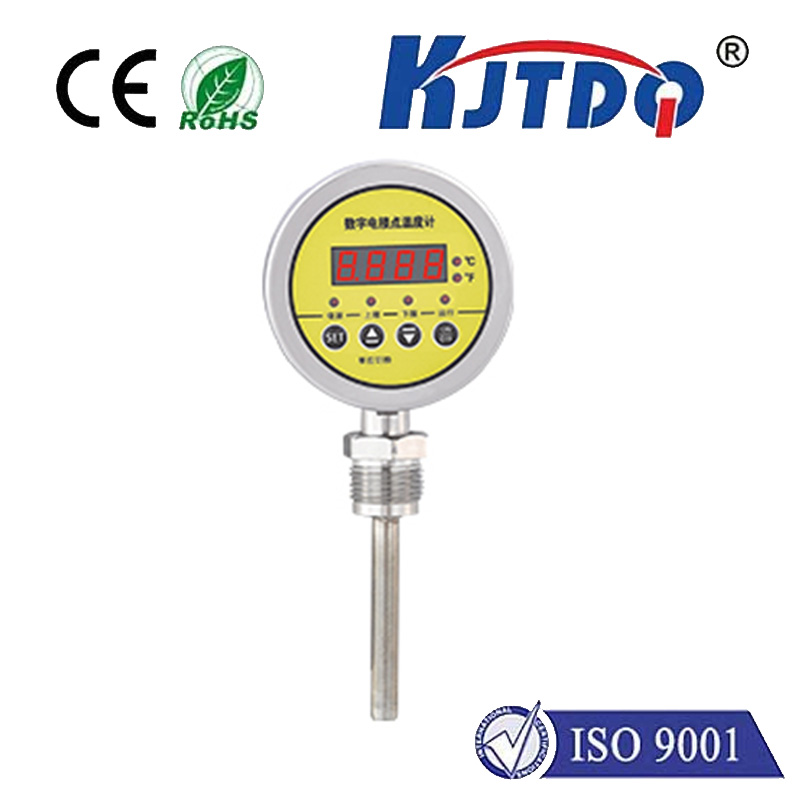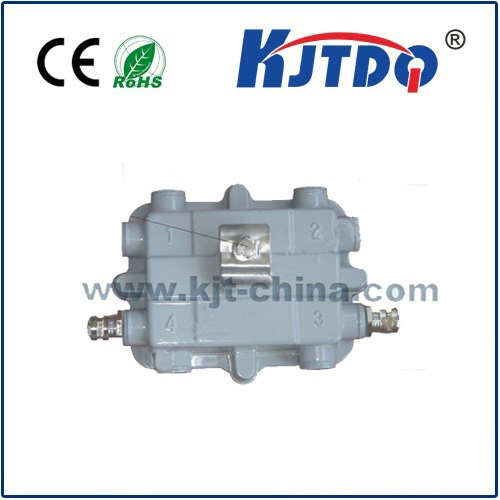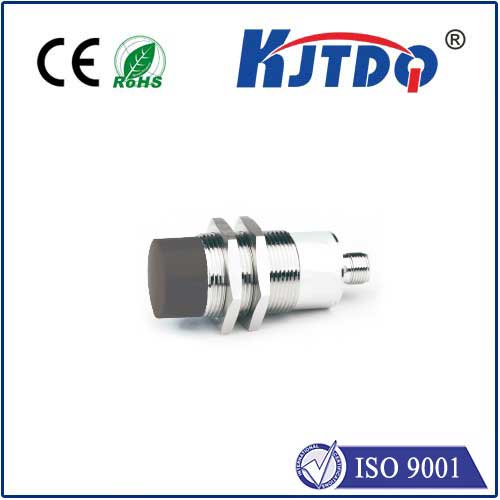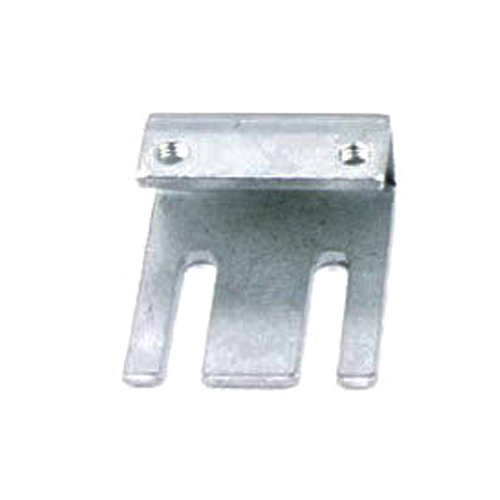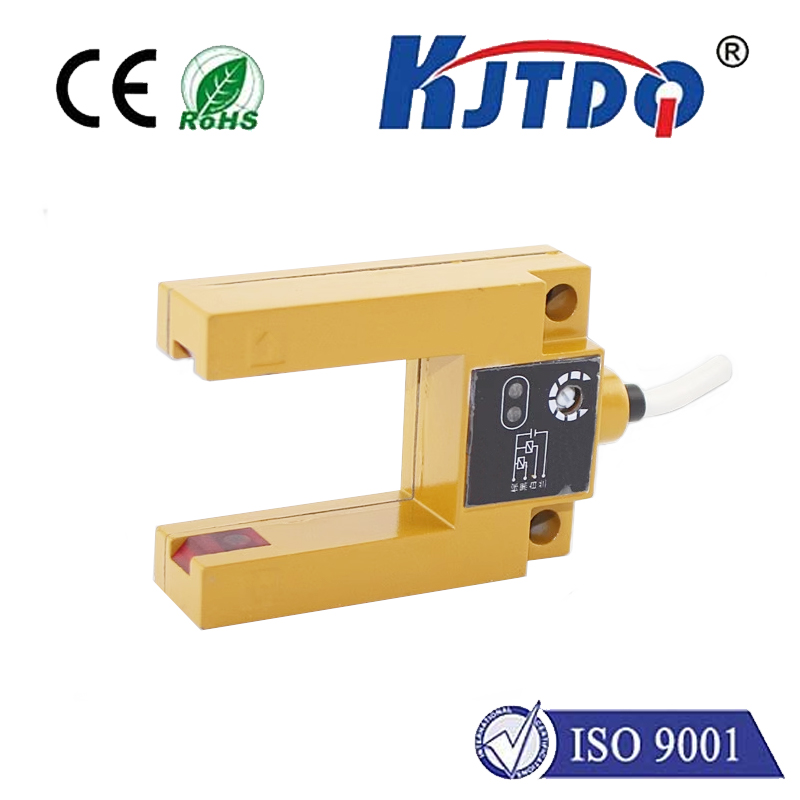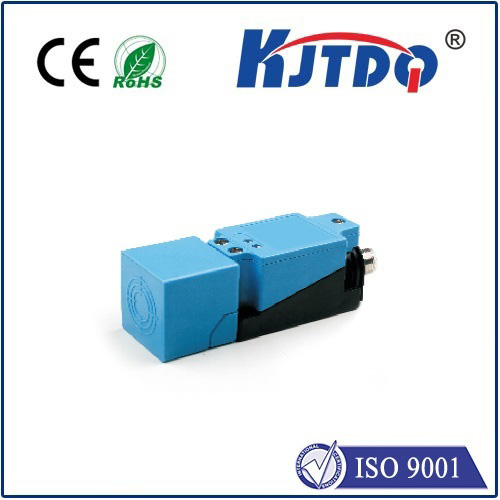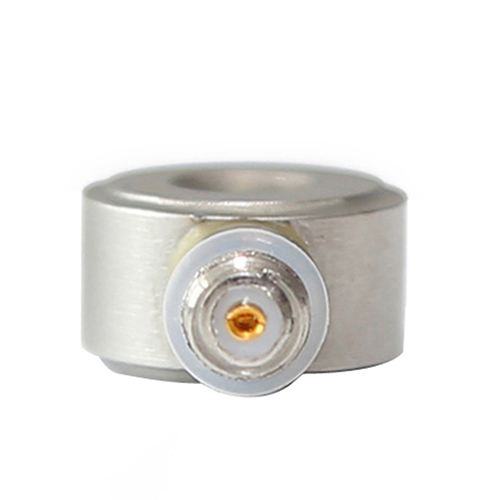датчик приближения
- time:2025-09-05 12:12:17
- Нажмите:0
Proximity Sensors: The Invisible Technology Powering Modern Convenience
Ever noticed how your smartphone screen magically turns off during calls? That slight dimming as you raise it to your ear isn’t magic – it’s the subtle, yet vital, work of a датчик приближения. Seamlessly integrated into countless devices and applications, these remarkable components detect the presence, or absence, of nearby objects without physical contact. From preventing unintended screen touches to safeguarding machinery and enabling smarter automation, proximity sensing technology is an unsung hero of our tech-driven world. Understanding their function, types, and applications reveals just how fundamental they are to efficiency and user experience across industries.
At its core, a датчик приближения detects the presence or absence of an object within a specific detection range, converting this information into an electrical signal. The key principle is non-contact operation. Unlike mechanical switches that require physical pressure, proximity sensors sense objects remotely, offering significant advantages like reduced wear and tear, higher reliability in dirty environments, and faster response times. This detection happens through various physical phenomena, leading to the main types of sensors:

- Inductive Proximity Sensors: These reign supreme in industrial settings. They generate an electromagnetic field using an oscillator coil. When a metallic object enters this field, it induces eddy currents on the object’s surface. This change in the electromagnetic field is detected by the sensor’s circuitry, triggering a switch. Inductive sensors are robust, highly resistant to dirt, grease, and moisture, and excel at detecting metal targets like machine parts or conveyor components. Their rugged construction makes them ideal for harsh factory floors.
- Capacitive Proximity Sensors: These sensors detect both metallic and non-metallic objects (like plastic, wood, liquids, or even human bodies) by measuring changes in capacitance. They generate an electrostatic field between their sensing face and an internal measuring electrode. When any object with a different dielectric constant enters this field, it alters the capacitance. This change is detected, signaling the presence of the object. They are invaluable for detecting plastic bottles on a production line, monitoring liquid levels in tanks (through the container wall), or enabling touchless interfaces on certain devices, offering significant versatility beyond metals.
- Photoelectric Sensors: While often categorized separately, many function as proximity sensors. They rely on light (visible, infrared, or laser) and come in different configurations. Through-beam sensors have separate emitter and receiver units; an object breaks the light beam. Retro-reflective sensors bounce light off a reflector, detecting when an object breaks this reflection. Diffuse sensors have the emitter and receiver together; they detect light reflected directly off the object itself. Diffuse proximity sensors are particularly common for detecting non-metallic objects at varying distances depending on reflectivity and surface properties. Their strength lies in longer sensing ranges compared to inductive or capacitive types.
- Ultrasonic Proximity Sensors: These work by emitting high-frequency sound waves and measuring the time it takes for the echo to return after bouncing off an object. By calculating this time-of-flight, they determine the object’s distance. Ultrasonic sensors detect a wide variety of materials and work well in challenging environments like dust, fog, or where optical sensors struggle. They are often used for level detection, object counting, and presence detection even with irregularly shaped or transparent objects, providing robust non-contact measurement capabilities.
The applications of proximity sensors are incredibly diverse, quietly embedded in devices and systems we encounter daily:
- Consumer Electronics: The smartphone scenario is just the start. Proximity sensors prevent accidental inputs on tablets and laptops. Automatic faucets in public restrooms rely on them for hygiene. Robotic vacuum cleaners use them to avoid collisions with furniture and detect cliffs.
- Автомобильная промышленность: Advanced Driver-Assistance Systems (ADAS) often use proximity sensors (especially ultrasonic) for parking assistance (those audible beeps indicating distance to an obstacle). Blind spot monitoring systems and collision avoidance systems also leverage proximity detection technology for critical safety functions.
- Промышленная автоматизация: This is a primary domain. Proximity sensors provide position sensing on assembly lines (is the part in place?), end-of-travel detection for moving parts, object counting (e.g., bottles on a conveyor), level control in silos or tanks, and gear tooth detection for speed monitoring. Their robustness ensures reliability in demanding production environments, significantly improving operational efficiency and safety.
- Security Systems: Proximity detection forms the basis of many intrusion detection systems. Sensors can detect movement near windows or doors, triggering alarms. Automatic doors at supermarkets or airports use them to activate opening mechanisms safely.
- Medical Devices: Used for precise positioning of equipment, detecting instrument presence, or ensuring safety mechanisms in devices like MRI machines or automated analysis equipment. Hygienic touchless operation is a key benefit here.
Selecting the right датчик приближения requires considering several critical factors:
- Target Material: Is it metal (inductive best), non-metal like plastic or liquid (capacitive), or does it require long-range detection (ultrasonic/photoelectric)?
- Sensing Range: How far away can the object be when detection needs to occur?
- Operating Environment: Will it face extreme temperatures, dust, moisture, oil, or vibration? Inductive sensors handle harsh conditions well; photoelectric sensors need cleaner environments unless specifically rated.
- Output Type: Does the application need a simple on/off switch signal (common for proximity sensors), an analog signal representing distance, or a digital communication protocol?
- Size and Mounting Constraints: Physical space around the detection point limits sensor choice.
- Required Response Speed: How quickly must the sensor detect an object entering its field?
The future of proximity sensing looks promising. Miniaturization continues, enabling integration into even smaller wearables and IoT devices. Enhanced sensitivity and selectivity allow for more discerning object detection. The integration of multiple sensing technologies (e.g., combining proximity data with camera vision in smartphones or robots) enables smarter context-aware systems. Lower power consumption is opening doors for battery-powered applications and the ever-expanding Internet of Things (IoT). Machine learning algorithms are also starting to use proximity data streams for predictive maintenance and more intelligent automation decisions.
Proximity sensors, though often unseen and unnoticed, are fundamental components driving reliability, safety, efficiency, and seamless user interaction across a vast spectrum of technologies. From the phone in your pocket to the factory floor and beyond, their ability to deliver non-contact object detection makes them indispensable. As these sensors become smaller, smarter, and more integrated, their role in shaping our interactions with the physical and digital worlds will only become more profound. Their simplicity belies their profound impact on modern engineering and daily life.

